-
Posts
164 -
Joined
-
Days Won
4
Content Type
Profiles
Forums
Resource Library
Events
Gallery
Blogs
Store
Community Map
Posts posted by RichL
-
-
I once thought about this as a project. The tall walls are a big visibility issue though, even without a roof. I concluded that it would be better to have spectators viewing the model from the other side - its the only way you get a decent view of the trains in the platforms.
https://en.wikipedia.org/wiki/File:Entering_Sligo_station,_1948_(geograph_5308005).jpg

There are plenty of trees to make a scenic break. Just a very gentle opinion though - you should do it your way!

-
 5
5
-
-
I will watch this with interest! I once harboured thoughts of doing Blessington.
Similar to the double deck trailers, but a close look at photos will show differences when new and over time

Also beware the Drewry railcar was different in a number of ways before it was rebuilt by the County Donegal as a trailer
-
 2
2
-
-
43 minutes ago, jhb171achill said:
Interesting, NIR.
The late Tony O'Shaughnessy had an interest that few knew of in Scandanavian railways and he sent me some vid clips some years ago of Norwegian GMs. They sounded EXACTLY like a 141 to me, but didn't look remotely like a typical EMD product. Any idea what they were? I've long since deleted the clips.
see https://en.wikipedia.org/wiki/NSB_Di_3
Nohab locomotives
-
 1
1
-
-
Looks more to me like it was double ended and the entrance at the far end has been boarded over.
-
Some other publications, including one or two I have briefly mentioned already


 ( Includes Mexico)
( Includes Mexico)


 (Leopoldina Railway of Brasil)
(Leopoldina Railway of Brasil)
Much of the rest is in Spanish e.g.
https://www.ricaaventura.cl/FlipPage/El-Ferrocarril-Trasandino/El-Ferrocarril-Trasandino.html
Chile is comprehensively covered in Spanish online eg https://www.scribd.com/document/351444367/Chile-Los-Ferrocarriles-de-Chile-Chile-Central
Argentina(mainly recent) is covered by web sites such as Todo Trenes http://revistatodotrenes.blogspot.com/
-
Peru was covered by 2 excellent books by Trackside Publications, both now out of print and difficult to get hold of.
 and one for the southern lines, called rather unimaginatively volume 2.
and one for the southern lines, called rather unimaginatively volume 2. 
Also a book on the Central Railway of Peru and Cerro de Pasco Railway by (I think) the same publisher. The owner died a couple of years ago or so and I believe the business is now defunct, which is a terrible shame.
I am only aware of publications on a few individual railways in Chile and Brazil, like the various Nitrate Railways in Chile.
Railways of the Far South is an excellent web site http://railwaysofthefarsouth.co.uk/?LMCL=V3m5qr. but only covering Patagonia essentially. They have also published a book and supplement.
There are one or two other good ones, but I can't get hold of the details at the present. I will add to the list when I think of them.
This is an excellent one, mainly but not exclusively Central Railway of Peru again...

-
 2
2
-
 1
1
-
-

Ballynahinch and Downpatrick definitely had open wooden coal stages
-
 2
2
-
-
There is an entry on Archiseek which gives further photos and information about North Wall station
http://archiseek.com/2010/irish-rail-freight-offices-north-wall-quay-dublin/
I have also found one or two other photos confirming that this is the station in my original post.
Thanks again everyone for your help.
-
 1
1
-
-
Many thanks for the replies.
-
Any idea which station this is please? Looks like GS&WR stock. Maybe Limerick?

-
 1
1
-
-
Were you thinking of this as a home layout to build yourself or as a group layout?
The big problem with even a relatively simple junction like this is the effort needed to build it and to operate it to its full potential when it is finished. Probably much more likely to succeed as a group layout?
-
I wonder why people insist on using 21mm gauge with EM wheelsets. EM wheels are noticeably wider than prototype so if you use them, the distance over the wheel faces is overlarge. That means loco splashers,valve gear, w-irons, bogies and other stuff often have to be wider than prototype, which looks as wrong as the wrong gauge. Better to model an EM version of 21mm gauge, which would be 20mm or slightly more, depending on how precise you want to be.
Everyone seems to focus on the gauge as being sacrosanct, but in reality I think you need to balance gauge against other factors to get the best balance.
-
Just wondering if this will have room to fit broad gauge wheelsets?
-
Here's a video I found. As far as I can see this railcar really was just the Drewry body with one end modified to be streamlined
http://www.britishpathe.com/video/revolutionary-electrical-invention/query/NEW+ELECTRIC+TRAIN
-
Apart from the streamlined end and the batteries, much of the Drewry remains in that photo
-
-
Looking in the IRS Drewry book, the two broad gauge railcars (as opposed to inspection car) were very similar to the narrow gauge ones. There is a good photo on page 89 of a broad gauge one. Seating capacity was supposedly identical. The wheelbase was 156in, wheel diameter 30in and hp was 70/75. Equivalents for the ng version were 102in, 24in, 40hp. Comparing photos, the bg body was longer by one window and set higher with a deeper chassis frame. If you have a drawing of the ng one, it ought to be relatively straightforward to derive a drawing of the bg one.
-
The best way to make an 'invisible' joint with PCB is as follows:
For the last 3cm or so either side of the baseboard joint, strip the sleepers carefully from the track (assuming you are using Peco or similar)
Solder an extra piece of rail 6cm long below each of the stripped length of rails, so the rail is double depth.
Solder a piece of PCB and say 3 - 4 cm wide and 6cm long to the bottom of the lower edges of the rails
Cut a slight recess in the top of the baseboard if necessary and glue/screw the bottom of the pcb to the baseboard top, making sure that the rails are level over the joint.
When the glue has set, cut through the rails and the pcb with a thin razor saw or similar
Cut up the plastic sleepers you removed and stick the pieces back in place above the pcb and around the rails. You may need to pack the underside of these dummy sleepers to get them at the right height.
This makes the PCB invisible and is very robust.
-
-
I think the idea of an 'EM' Irish gauge is due to the width of OO and EM wheels.
P4 wheels are narrower. This means that the width over the outside faces of the wheels on a locomotive is reasonably close to prototype. If you push OO or EM wheels out to an accurate gauge, then the measurement across the outside of the wheel faces will inevitably be wider than prototype. This means that splashers, coupling rods, valve gear etc will also have to be noticeably wider than prototype. This is an issue with HO, as there you have accurate gauge but over-wide wheels - resulting in the characteristics mentioned above. Most people are just conditioned to accept it.
So, if you want your splashers and all the other stuff outside the wheels to be in the right place you must use correct width wheels, or wider wheels and a slightly narrower gauge to compensate.
In practice, of course it is impossible to work to scale tolerances as everything would bind up. Also, coupling rods, valve gear etc. usually end up overscale so that it is reasonably robust.
In the end, it is whatever compromise you are happy with that works for you.
-
Driving a semi-permanently coupled unit like that from either end can't be too difficult, I guess. Steam railcars had been doing it for a very long time and petrol railcars since Edwardian times.
I think the big advance in the 1930s was being able to couple and control several units at once.
Interesting that Stadler have gone back to producing railcars with a central power unit and articulated passenger sections at the ends - just like the Walker car in the video. I rode some in Greece and they were very rough riding - though the track can't have helped!
-
For the provenance of Railcar B we surely have to look no further than the Clogher Valley Walker railcar and its Donegal offspring. Railcar B was more or less just a narrow gauge car on steroids.

-
A few were supplied to South America too, including one with an articulated cab/engine unit at both ends.
-
Never mind. Maybe I should just go ahead and build a model. Once I've finished it someone is bound to appear online or at a show and tell me where I have gone wrong!

.png.c363cdf5c3fb7955cd92a55eb6dbbae0.png)

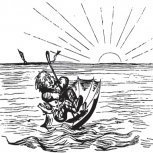
.jpg.444a7c74e49c79f999c585715b87efeb.jpg)
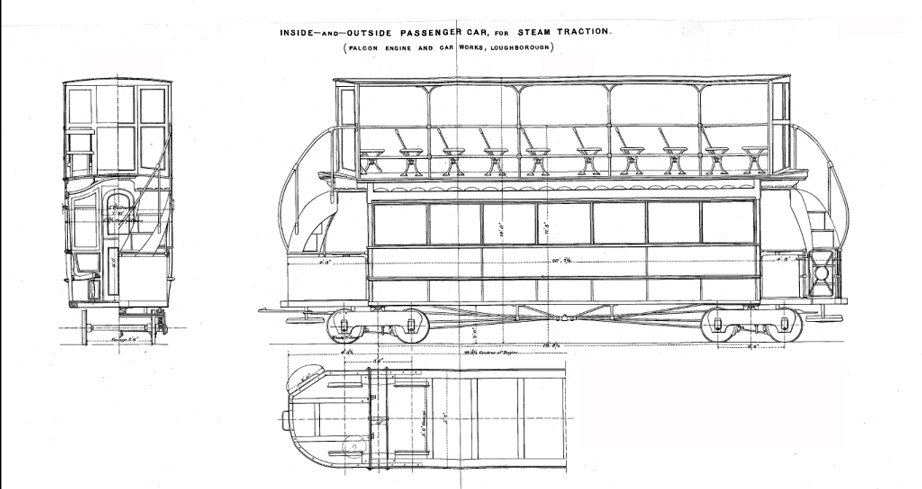

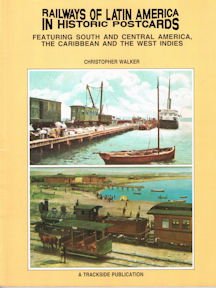
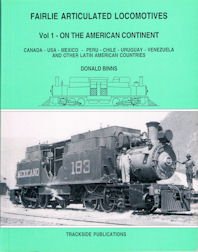 ( Includes Mexico)
( Includes Mexico)
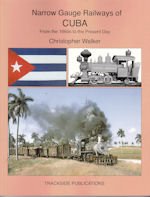

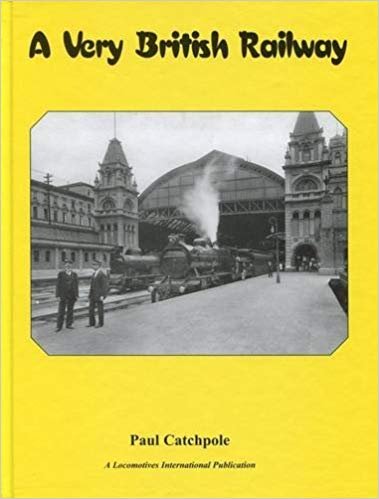 (Leopoldina Railway of Brasil)
(Leopoldina Railway of Brasil)
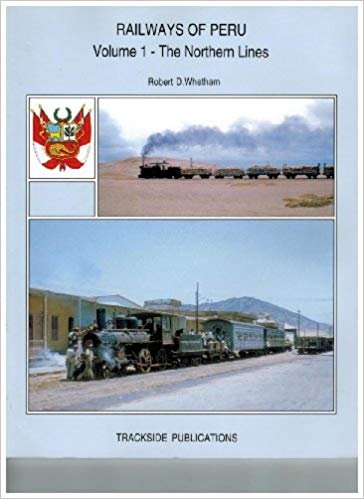

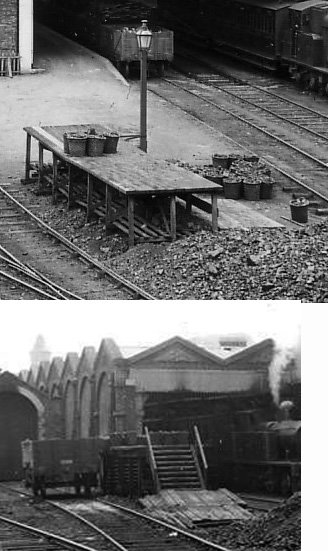
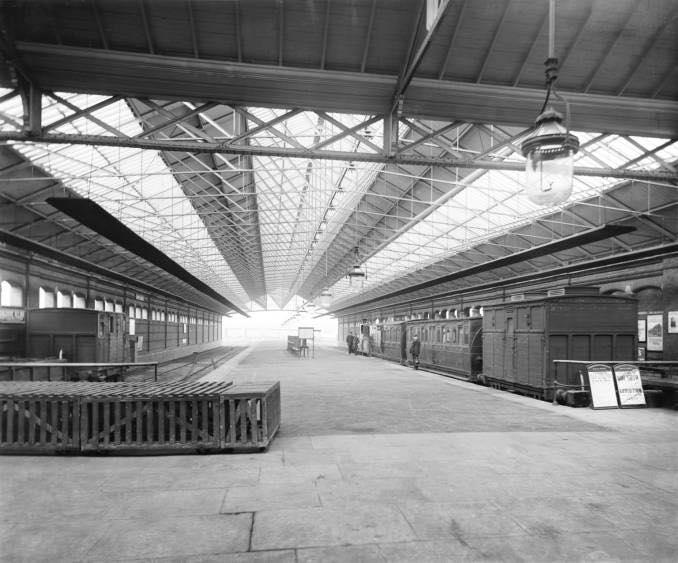
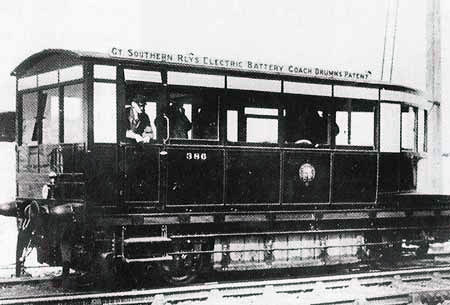
The Sligo to Larass branch of the MGWR (with a bit of help from the SLNCR)
in Irish Model Layouts
Posted
What about this one? Definitely a roof!